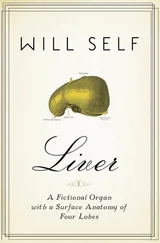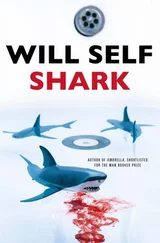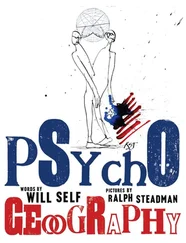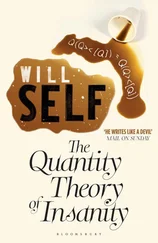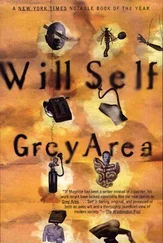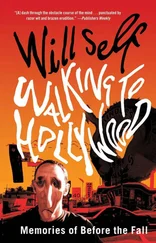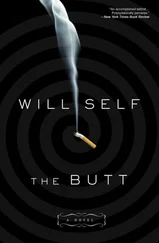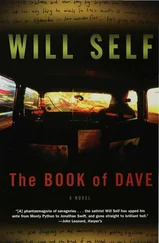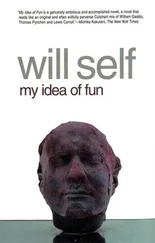But perhaps most significant of all is the human attitude to touch. It is this that appears so acutely inchimp. Humans, because of their lack of a protective coat, have not evolved the complex rituals of grooming and touch that so define chimpanzee social organisation and gesticulation. Imagine not being groomed! It is almost unthinkable to a chimpanzee that a significant portion of the day should not be given over to this most cohering and sensual of activities. Undoubtedly it is this lack of grooming that renders human sexuality so bizarre to us.
Humans commonly seek privacy to mate. The male usually effects penetration by lying on top of the female (one possible anatomical explanation for the peculiar formation of human buttocks); offspring are not encouraged to participate in mating. Females are mated whether or not they are in oestrus, although once again such behaviour clearly confers no adaptive advantage. Once a human infant has been born it is often passed around the community within days of its birth, and may be weaned as early as three months.
Is it too fantastical to imagine that it is these traits — which I stress are in no obvious way adaptive — that have contributed to the human evolutionary cul-de-sac? That humans may be afflicted with some kind of species neuroticism? Such speculations may not accord with the discipline of anthropology, nor with ethology in general; however, I am not a scientist but a novelist, unconfined by dry empirical considerations.
Like Dr Goodall, who, when she first went to the Gombe Stream area to observe humans in the wild, did not know enough to avoid the primatocentrism of giving humans names, I have gone against many of the tenets of dispassionate science. I do not mean to imply for a moment that I really believe wild humans to have consciousness of the kind I ascribe to Simon Dykes, rather I have tried to imagine what it might have been like ifhominids instead of pongids had been evolutionarily successful.
I am, of course, not original in this. Ever since the first description of the human reached Europe in 1699, humans have had a particular fascination for chimpanzees. Early theorists positioned the human midway between the chimpanzee and ‘brute creation’ in the Chain of Being. Latterly, in the wake of Darwin, some supposed that the human might prove to be the ‘missing link’. For others the existence of the human confirmed their desire to deny chimpunity to the bonobo. Many writers have seen in the human a paradigm for the gentler as well as the darker side of chimpanzee nature. From Melincourt to My Human Wife , from King Kong to the Planet of the Humans films, writers have flirted with the numinous dividing line between man and chimp.
But however we choose objectively to define humans now — and pace Dr Leakey, there do seem good reasons for a blurring of distinctions — the subjective response to humanity is never unproblematic. One has only to go to London Zoo and observe the humans in their caged enclosures, sitting, not touching one another, their oddly white-pigmented eyes staring out at their chimpanzee visitors with what can only be described as a mixture of sadness and entreaty.
How much worse to imagine the condition of humans kept for experimental purposes in large compounds. The human hates to be entirely unconfined, and in the wild will build quite complex structures in which she can hunch motionless for days at a time. Forced out into the open and unprovided with materials for shelter construction, the human soon falls prey to a form of agoraphobia that induces a condition that might be termed a psychosis. Experimenters say it is important for scientific purposes that humans be kept in such conditions, but why exactly? Surely only to conform to scientifically defined paradigms that have their root in just this hard dividing line between our species?
One final and personal sign concerning this text. In the past my work has been much attacked for its apparent lack of sympathy. Critic after critic has signalled that I treat my protagonists with a diabolic disregard, spraying misfortune and ugliness of character on their fur. In Great Apes I have — purely coincidentally — constructed the only possible riposte to these idiotic objections, the fruit of a chronic misunderstanding of the meaning and purpose of satire — I’ve made my protagonist human!
H’hooooo W. W. S. Back in dirty old London, 1997.
Will Selfis the author of many novels and books of non-fiction, including How the Dead Live , which was shortlisted for the Whitbread Novel of the Year 2002, The Butt , winner of the Bollinger Everyman Wodehouse Prize for Comic Fiction 2008, and, with Ralph Steadman, Psychogeography and Psycho Too. He lives in South London.
The Quantity Theory of Insanity
Cock & Bull
My Idea of Fun
Grey Area
The Sweet Smell of Psychosis
Tough, Tough Toys for Tough, Tough Boys
How the Dead Live
Dorian
Dr Mukti and Other Tales of Woe
The Book of Dave
The Butt
Liver
Walking to Hollywood
NON-FICTION
Junk Mail
Sore Sites
Perfidious Man
Feeding Frenzy
Psychogeography (with Ralph Steadman)
Psycho Too (with Ralph Steadman)
First published in Great Britain 1997
This electronic edition published in 2012 by Bloomsbury Publishing Plc
Copyright © 1997 by Will Self
The moral right of the author has been asserted
Bloomsbury Publishing Plc
50 Bedford Square
London WC1B 3DP
All rights reserved
You may not copy, distribute, transmit, reproduce or otherwise make available this publication (or any part of it) in any form, or by any means (including without limitation electronic, digital, optical, mechanical, photocopying, printing, recording or otherwise), without the prior written permission of the publisher. Any person who does any unauthorised act in relation to this publication may be liable to criminal prosecution and civil claims for damages
A CIP catalogue record for this book is available from the British Library
ISBN: 9781408838495 (e-book)
Visit www.bloomsbury.comto find out more about our authors and their books
You will find extracts, author interviews, author events and you can sign up for newsletters to be the first to hear about our latest releases and special offers
The Chimp Who Mated an Armchair , 1986; Nestings , 1988; and A Primatologist Recounts , 1992. All published by Parallel Press, London and New York.
For a full discussion of Alkan’s analytic method see his ‘Implied Techniques in Psychoanalysis’ (British Journal of Ephemera , March 1956).
Abstracts are available from the Concept House Archive. Send -£7.99, and allow twenty-one days for delivery.
Darwin of course foresaw everything with his remark, ‘If chimp had not been his own classifier, he would never have thought of founding a separate order for his own reception.’
‘Favourite Activities:Washoe loves to be outside. She also likes looking at catalogs (especially swelling-protector catalogs) or books by herself or signing about pictures with allies. Brushing teeth, painting, coffee and tea parties and playing tag through the window are also favourites.’
Читать дальше


